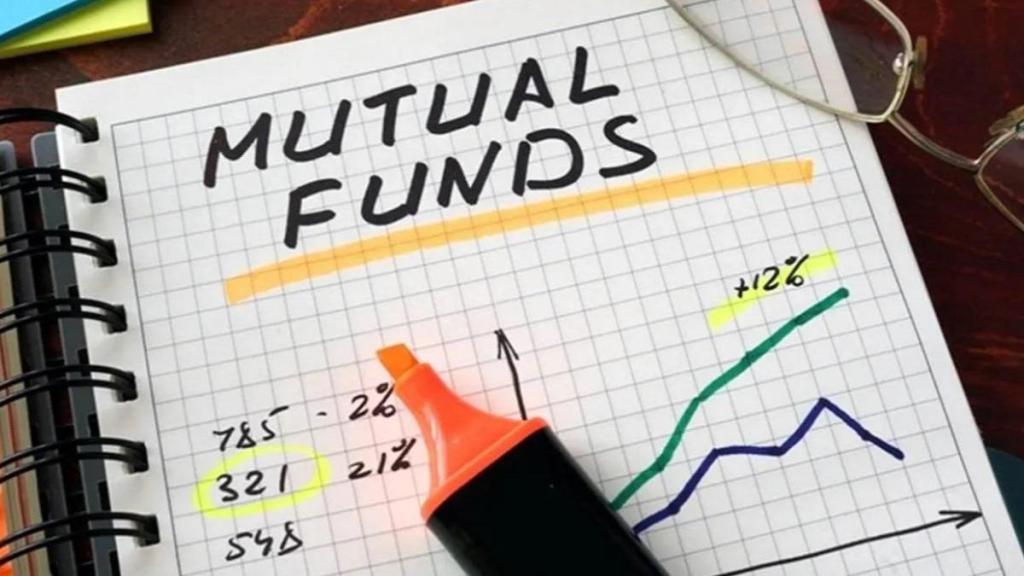Trigger systematic investment plans (SIPs) allow individuals to adopt a tactical approach to investing. Such a strategy helps investors to enhance their SIP returns and reduce risks during market volatility. By setting triggers based on market conditions, such as specific price levels of the benchmark, investors can capitalise on the market opportunities and take advantage of market volatility.
Trigger SIPs enable investors to buy more units when prices are lower and fewer units when prices are higher, optimising their average purchase price over time. These offer the benefits of automation and discipline, similar to traditional SIPs. Investors can continue to invest at regular intervals without the need for constant monitoring, ensuring a consistent approach to wealth accumulation over the long-term.
Nirav Karkera, head, Research, Fisdom, says investors can set triggers to invest only when the market falls by a certain percentage, which acts as a safeguard against investing at elevated market levels. “This helps mitigate the risk of buying into overvalued assets and experiencing potential losses during market downturns,” he says.
Triggers can be set based on the analysis of the investors. This can help them in investing at lower rates whenever there is some kind of consolidation in the market. Harshad Chetanwala, co-founder, MyWealthGrowth.com, says investing with the help of triggers requires more information about the factors that can have an impact on the stock market. “As the triggers are based on price or time, having a reasonable understanding of market conditions and analysis of the market is important,” he says.
How to choose the triggers
Investors should consider price triggers for capitalising on short-term market fluctuation and potential buying opportunities in volatile market conditions. Time triggers offer a disciplined approach for long-term wealth accumulation, especially in an uncertain market, by automating the investment at regular intervals. Soumya Sarkar, co-founder, Wealth Redefine, says choosing between the two depends on factors like risk tolerance, investment goal and market outlook. “Price triggers are better for tactical investors, and time triggers for those who focus on long-term stability and wealth growth. Ultimately, aligning the trigger types with individual preferences and market expectations is crucial for optimising investment strategies in today’s dynamic environment,” he says.
What to keep in mind
Trigger SIPs offer an active approach to mutual fund investments. However, carefully considering these factors and prudent decision-making are essential to maximise the benefits and minimise risks associated with trigger SIPs. Those who continue to have limited information and time to look into various factors of the stock market should prefer the regular SIP route as it is still one of the best ways to invest and build a corpus.
Before opting for a trigger SIP, investors should carefully consider several key factors. For one, they must assess their investment goal, risk tolerance, and time horizon to ensure that the trigger-based approach aligns with their financial objective. Additionally, they should evaluate the current market conditions, including volatility levels and valuation matrix to determine the appropriateness of trigger-based investing in the prevailing environment. “Regular monitoring and review of trigger settings, market conditions, and portfolio performance are critical for making any necessary adjustments and ensuring alignment with evolving objectives,” says Sarkar.
Investors should grasp market trends and technical analysis well to set appropriate triggers. The selection of triggers must be based on thorough analysis rather than emotional impulses. “It is also crucial to review the overall asset allocation of the investment portfolio. Investors must factor in the costs and expenses associated with trigger SIPs as additional transaction costs may impact overall returns,” says Karkera.

